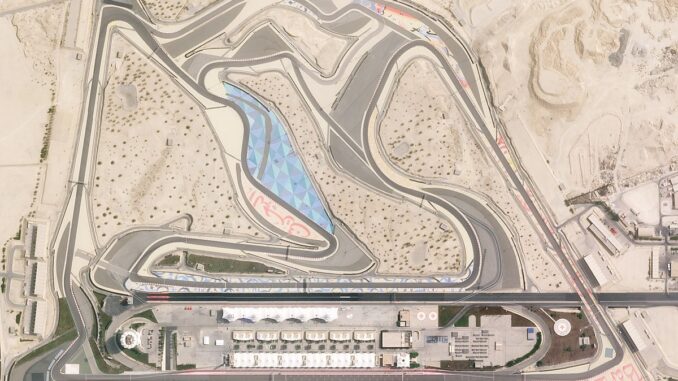
The newest Formula 1 (F1) track in the Saudi Arabian city of Jeddah was unveiled on March 18 to widespread criticism.
On top of ignoring their own #WeRaceAsOne inclusivity campaign by hosting a grand prix in a country well known for its human right violations, F1 also brought us one of the most unexciting tracks of the modern era.
The Saudi Arabian Grand Prix, situated in the streets along the coastline of the country’s second biggest city, is due to take place on Dec. 5. It is the second longest on the 2021 calendar, coming in at just over six kilometers, or just under four miles. It’s also slated to be the fastest track on the calendar based on simulated runs, with an average speed of 250 kilometers per hour, or 155 miles per hour. The track also has a whopping 27 turns.
“The design brings out the best of a modern street circuit but also has fast paced free flowing areas that will create fast speeds and overtaking opportunities,” said F1 Managing Director Ross Brawn. “The setting is incredible, on the Red Sea, and we can’t wait to see the cars on track in December.”
However, comments under the official F1 YouTube video showing off the circuit have comments such as, “I’m not sure who looked at this and went ‘yeah, this is dope,’” “This track looks like it was drawn in under 30 seconds…with a crayon” and “It’s gonna be like Monaco, minus the hills, history and human rights.”
So why is this track so bad, then? There are almost no places to overtake.
What makes F1 races exciting is a delicate balance between slow corners and long straights leading directly into heavy braking zones, among other characteristics. These areas translate to drivers having increased opportunities to drive along the inner edge of the track, squeezing past the car ahead of them and accelerating out of the corner to gain a position.
Yet Jeddah only has two turns where overtaking is a realistic possibility; the first chicane at the end of the start/finish straight and the low speed turn at the entry of the start/finish straight. The bulk of the circuit’s “turns” aren’t even turns, just mild bends. It’s like gently turning your steering wheel to the left when you’re passing over a hill on a long back road; it’s not a turn, just a mild steering correction.
On top of all of that, the track is quite narrow. Most street circuits are, but even Singapore and Baku have wide straights and their fair share of runoff areas. Jeddah does not have either of these.
The track is one of many modern F1 venues designed by the famous German designer Hermann Tilke. Since the late ‘90s, Tilke has created his fair share of astounding tracks, such as Malaysia, Austria, Bahrain and Istanbul. Yet his more recent projects, such as Abu Dhabi and Sochi, have earned the fan-coined moniker “Tilkedromes.” The German’s track designs consist of the same features: extremely long straights, loads of medium speed corners and right angle turns. That’s what F1 executives think is “exciting” racing, but it’s really not.
Safety is also a sizable concern. During the awards ceremony after the Formula E Diriyah E-Prix in February, a missile launched by the Yemen Houthi militia was intercepted and shot down over the city. Although the drivers and team members were out of harm’s way, having missile attacks occur in the middle of a race is a humongous concern.
With bore fests like the Russian Grand Prix happening every year since 2014, Jeddah will likely not be any different.

